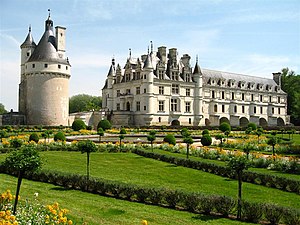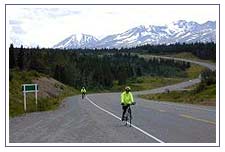It was a sunny, warm, 50 degree day back in Manchester, MA. At least that what my friends tell me. It's a little hard to believe considering that we less than 140 miles North, 4800ft. higher and in a blizzard.We were on the summit of
Mt. Moosilauke, wearing every piece of clothing we had (and still cold), leaning into the 40 knot wind (and still getting knocked down).
There were no views, except of rhyme ice-covered, unreadable signs and the stone wall remnants from the Prospect/Tip-Top House, a popular Victorian-era summit motel but we were very happy to be there. As were the two other guys who summitted at the same time and the 8 other people we met on the way down.
It takes a special kind of hiker to be out in bad weather, climbing bald mountains on view-less days. I imagine we all shared the love of the outdoors, the challenge of the climb and a bit of obsessiveness. However, we didn't (and often don't), share an idea of what type of gear was required, and winter climbing seems to bring out a breed of gear-obsessive hikers that we'd not experienced before. With our down sweaters, techwick underwear, fleece gloves, wool hats, hiking boots we felt plenty warm. For gear we had our hiking poles, and if the trail had proved icy enough, (which it didn't) we also had
microspikes
. If we'd been delayed until dark we had headlamps. The idea being to carry a little more than you need but not so much that you weigh/slow yourself down.

The guys we summitted with shared our philosophy. They traveled fast (actually overtaking us 200 ft below the peak), dressed warmly and carried moderate-sized packs that presumably held the few items necessary for more extreme conditions.
The hikers we met while descending (they still heading for the exposed summit) all seemed of a different breed. The first couple, whom we met on the old Carriage Road trail between South peak and the summit, were struggling upwards with large backpacks and wearing their microspikes. Microspikes are great for walking on ice, but there were only scattered patches of ice on the trail, and less than an inch of snow. We assumed that they assumed the summit was icer but when we told them the summit was icy but the trail was snow, they gave us a dismissive hand wave and trudged on.

Further down the Carriage Road (and trails named Carriage Road are wide, relatively flat, and once were traveled by horse and carriage) we came around a bend to find a lone woman standing in the middle of the trail. From a distance her enormous backpack was obvious, from closer it was clear that she was dressed for a full alpine assault. Snow parka and pants, over gloves, full gaiters and microspikes. Just as I came close enough to say hi, her hiking partner came around the bend. The guy was seriously out of breath and just as seriously outfitted. Assuming from the size of their packs that they had overnight gear I asked where they were headed. They looked at me like I had two heads. They were only going to the summit! The guy looked at our gear, obviously noting the daypacks, the lack of gaiters and the bare, microspikeless boots and commented that "at least we weren't wearing cotton pants" caught his breath and laboriously headed up the Road. Later S.D. told me the he saw an ice axe strapped to the guy's pack.
For the rest of the descent I couldn't help but notice their tracks, the distinct double-diamond impressions made by microspikes, as they wore them for 3 miles over ice-less, slightly snowy trail and wonder why? Why gaiters when there was no snow? Why micospikes when there was no ice? Why an ice axe when there was, and never would be, a reason for an ice axe on this trail? And what could have possibly been in those enormous packs?






























